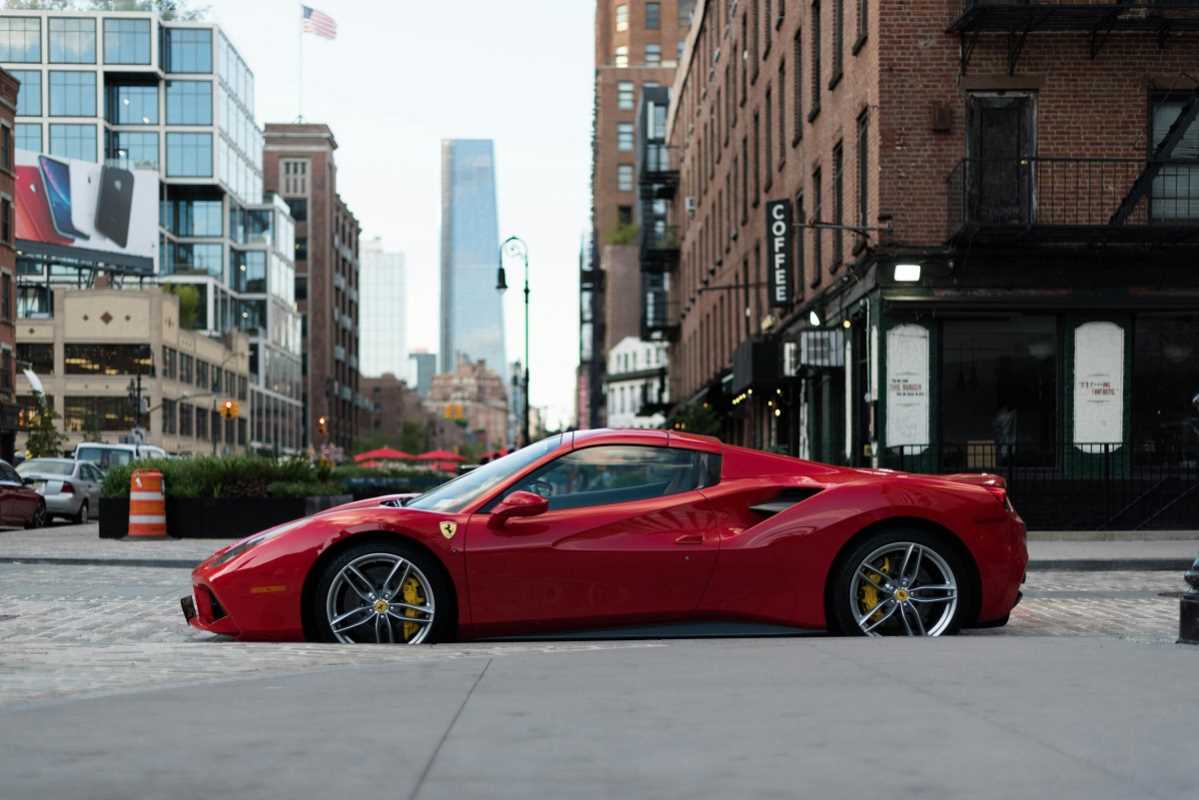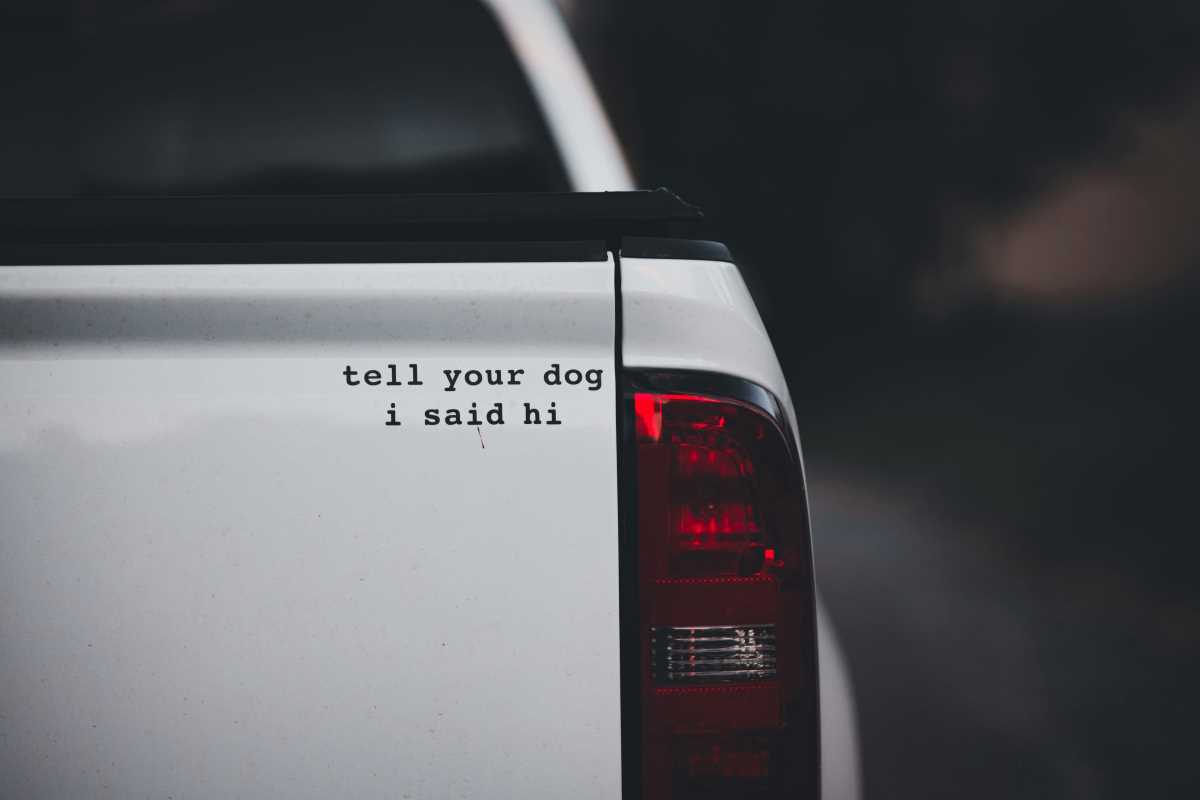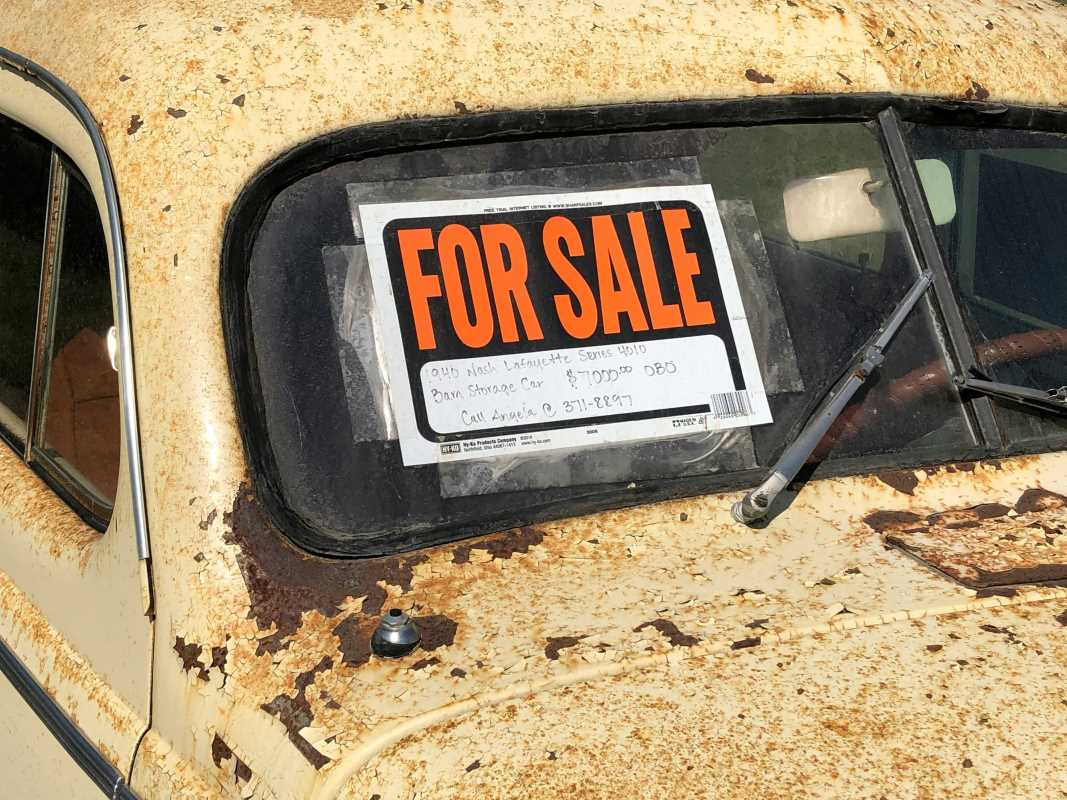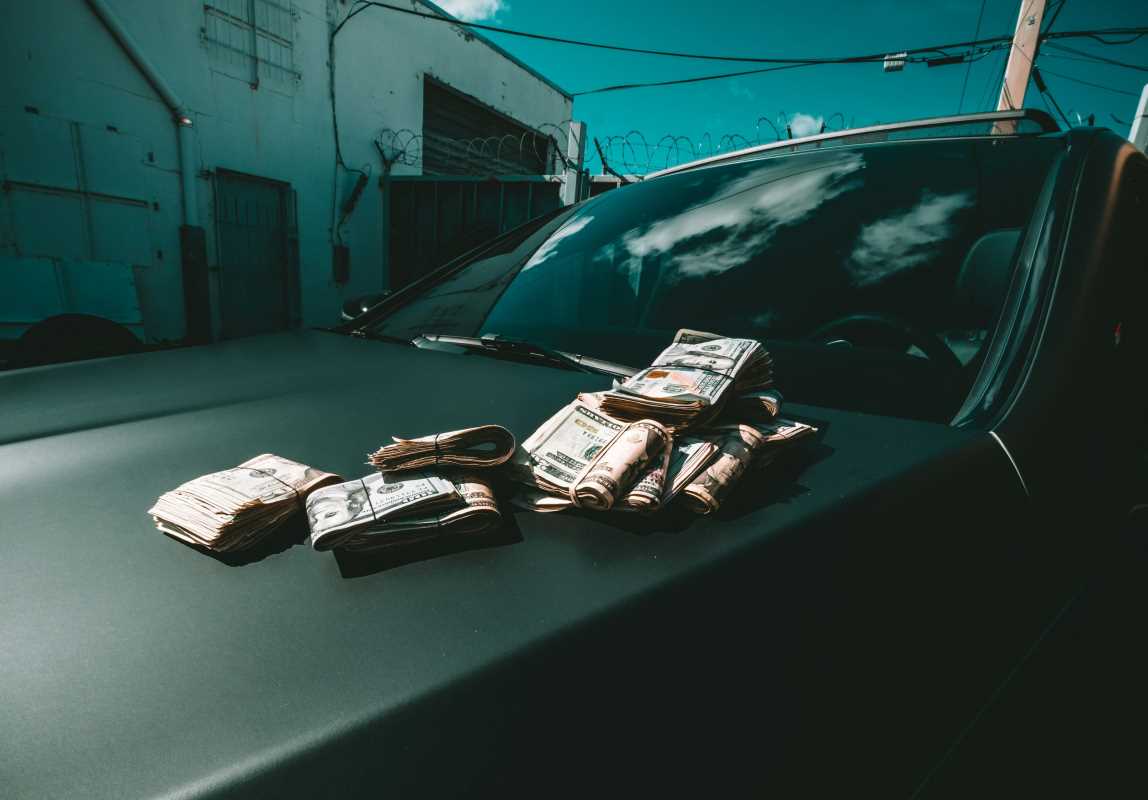Selling a rare or limited-edition car isn’t your typical “For Sale” scenario. These vehicles attract a certain kind of buyer, someone who’s not just looking for any car but the car. These buyers are enthusiasts, collectors, or dreamers, and they want something that tells a story, stands out, or adds true rarity to their collection. But how do you find them? And better yet, how do you make sure they’re flocking to your sale?
Crafting the right strategy can ensure your prized possession ends up in the hands of someone who’ll cherish it as much as you have. Here’s how to get started.
Craft a Backstory Around the Car
When selling a rare car, you’re peddling more than metal and leather; you’re selling a piece of history. The more vibrant the story behind your vehicle, the better chance you have of attracting the right buyer. Has the car been meticulously cared for by a single owner? Did it once grace the track of a famous race? Or maybe it’s a limited-edition model with only a handful in existence worldwide. These are the types of details that thrill niche buyers.
Photographs play a major role here too. Documenting the car in various stages of its life, from restoration to long road trips, builds a narrative that makes the sale feel more personal and engaging. Think of it as presenting the car as a character in its own epic tale. Don’t skimp on professional-quality images and a write-up that highlights the car’s unique features, achievements, or quirks.
Showcasing paperwork, original manuals, or even memorabilia associated with the car can further enrich its story. Buyers of rare cars are as much about the emotional connection as they are about the physical product.
Find Your Audience in the Right Places
You won’t find a Lamborghini enthusiast casually scrolling local classified ads or sitting through a dealership’s clearance sale. To reach niche buyers, location matters as much as the product itself. Online specialty marketplaces, collector group forums, and auction platforms designed for rare vehicles are your highways to the right audience.
Social media, especially platforms like Instagram and even YouTube, is worth exploring if your vehicle has the kind of aesthetic and backstory that appeals visually. Hashtags like #RareCars or #CollectibleCars can help you reach dedicated enthusiasts scrolling for their next dream find.
Offline, consider showcasing the car at enthusiast events, car shows, or meet-ups. Attendees at these gatherings typically have a keen interest in unique vehicles and plenty of stories to share about their passion for cars. Plus, few things beat the chance for a buyer to see the car in person, ask questions, and dream about what it could be like to own it.
Speak the Language of Enthusiasts
When it comes to rare cars, buyers are often well-versed in the specs, history, and cultural significance of your vehicle. They won’t just be asking, “Does it have heated seats?” Expect questions about horsepower, original parts, modifications, or even factory paint codes. This crowd values precision, so your ability to speak their lingo and answer with confidence can make a big difference.
On the flip side, avoid coming across as overly pushy or using cheesy sales jargon. Enthusiasts appreciate respect and honesty. Focus on sharing the unique elements of the car and its value proposition, while also remaining transparent about any quirks or flaws. That honesty will help build trust and paint you as a fellow enthusiast rather than someone desperate to make a quick sale.
Take the time to research industry terms if you’re not entirely familiar with the finer details of rare car sales. For example, understanding models, trims, or specific updates for that year can make for an even more compelling discussion. Authenticity in communication will go a long way in earning a buyer’s interest and respect.
Leverage Exclusivity to Your Advantage
Selling a rare car often involves hitting the sweet spot between creating allure and staying factual. This is where exclusivity becomes one of your most powerful tools. Potential buyers love knowing that what you’re offering is not only unique but also unattainable without specific effort and interest.
Create a sense of urgency by highlighting facts like limited production figures, rare color combinations, or specialized features that make the vehicle stand out. Terms like “one of only 200 units produced globally” hook collectors looking for something distinct. Similarly, demonstrating that the car has been kept in pristine condition (or restored to collector standards) underscores its appeal.
However, exclusivity shouldn’t translate to alienation. Even if the car is an ultra-rare gem, coming across as overly pretentious will deter even the most serious of buyers. Make your presentation approachable while reinforcing the car’s special appeal. This is an opportunity to make the buyer feel special for potentially owning a one-of-a-kind vehicle.
Build a Connection, Not Just a Transaction
Buying a rare or limited-edition vehicle is often an emotional investment. Buyers want to feel like they’re entering into a relationship, not just a transaction. This is where building rapport can work wonders. Ask the potential buyer about their connection to cars, why they’re interested in this specific model, and what they plan to do with it. By the end of the conversation, you’ll know if they’re just a passing admirer or genuinely passionate about the car.
Providing additional services, like offering advice on future maintenance tips or recommending specialists who work on this type of car, can also strengthen trust. It signals that you care about the car’s legacy even after it leaves your hands. Enthusiasts value that bond because it goes beyond simply exchanging cash and keys.
And don’t forget follow-up. Whether they decide to buy or not, keep their information and take the time to thank them for their interest. That simple gesture of politeness may keep your vehicle on their mind or even bring referrals from collectors they know.
 (Image via
(Image via





